The Rich Legacy and Modern Innovations in Wood Veneer Craftsmanship for Luxury Villas and Yachts
Wood veneer, a technique of applying thin slices of wood to surfaces, has a rich history spanning millennia and continues to be a cornerstone of luxury interior design, particularly in high-end villas and bespoke yacht interiors. This artform combines craftsmanship, innovation, and sustainability, making it essential in modern luxury spaces.
Ancient Origins and Historical Evolution
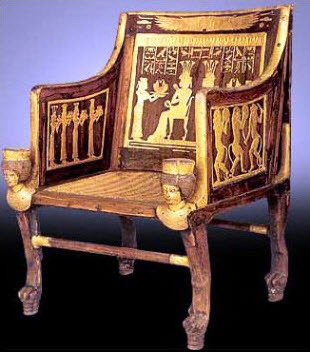
The use of wood veneer dates back to Ancient Egypt, around 3000 BC. Egyptian artisans developed veneering techniques to conserve wood, which was scarce in their desert environment. They imported wood from regions like Lebanon, Syria, and Phoenicia, carefully slicing it into thin layers to adorn furniture and high-status items.
During the Renaissance, veneering techniques became highly sophisticated. In 17th century France, master craftsmen known as ébénistes refined the art of veneering, creating intricate designs using tiny pieces of exotic woods and burl grain. This period saw the creation of lavish furniture employing veneer construction, using the finest species of wood and tiny pieces of burl or exotic grain.
Modern Innovations in Veneer Technology
3D Veneer Technology

Modern 3D veneer technology has revolutionized wood shaping, allowing for curved and fluid designs highly sought after in luxury interiors. This innovation enables the creation of custom wooden panels, intricate wall claddings, and sculptural furniture that define high-end living.
Engineered Wood Veneers
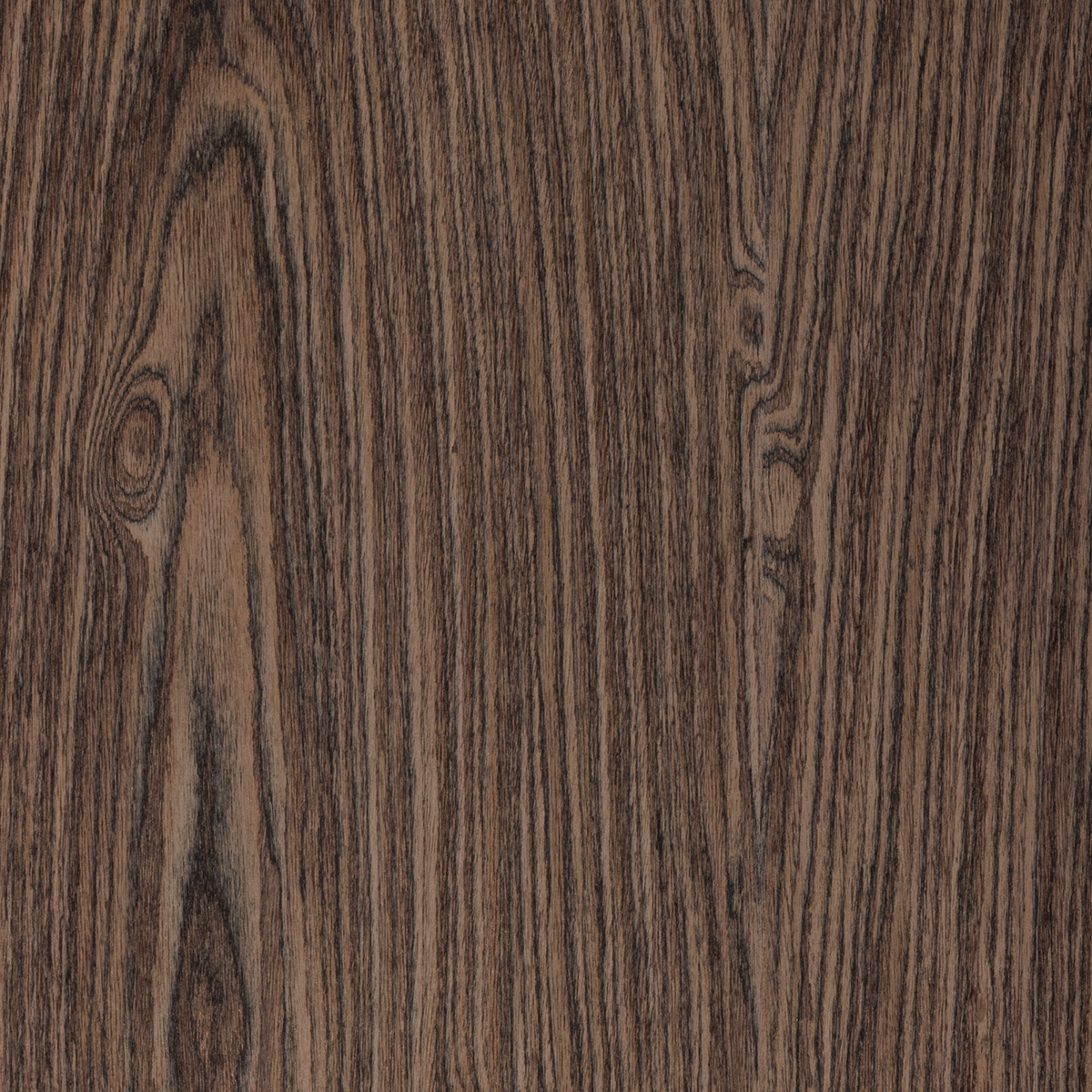
With sustainability at the forefront of luxury design, engineered wood veneers offer a balance between eco-conscious choices and premium aesthetics. These veneers provide enhanced durability, exotic finishes, and customization options without compromising environmental concerns.
Smart Veneer Applications
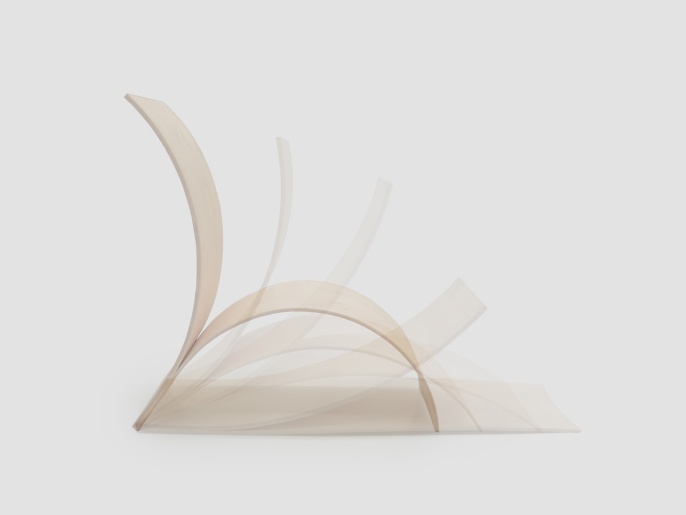
Recent advancements like HygroShape, developed at the University of Stuttgart, allow wood veneer to self-shape into predetermined furniture forms. This innovation reduces waste and streamlines design processes, making it particularly appealing for bespoke yacht interiors and smart villa designs.
Advantages of Veneer in Luxury Spaces
- Elegance and Uniqueness: Each veneer panel is unique, making every installation a bespoke masterpiece.
- Lightweight Yet Durable: Veneered surfaces offer exceptional strength without adding unnecessary weight, crucial for yacht design and high-end furniture.
- Sustainability: Using veneer instead of solid wood allows for eco-friendly interiors without compromising sophistication.
Applications in Luxury Villas and Yachts
Luxury Villas
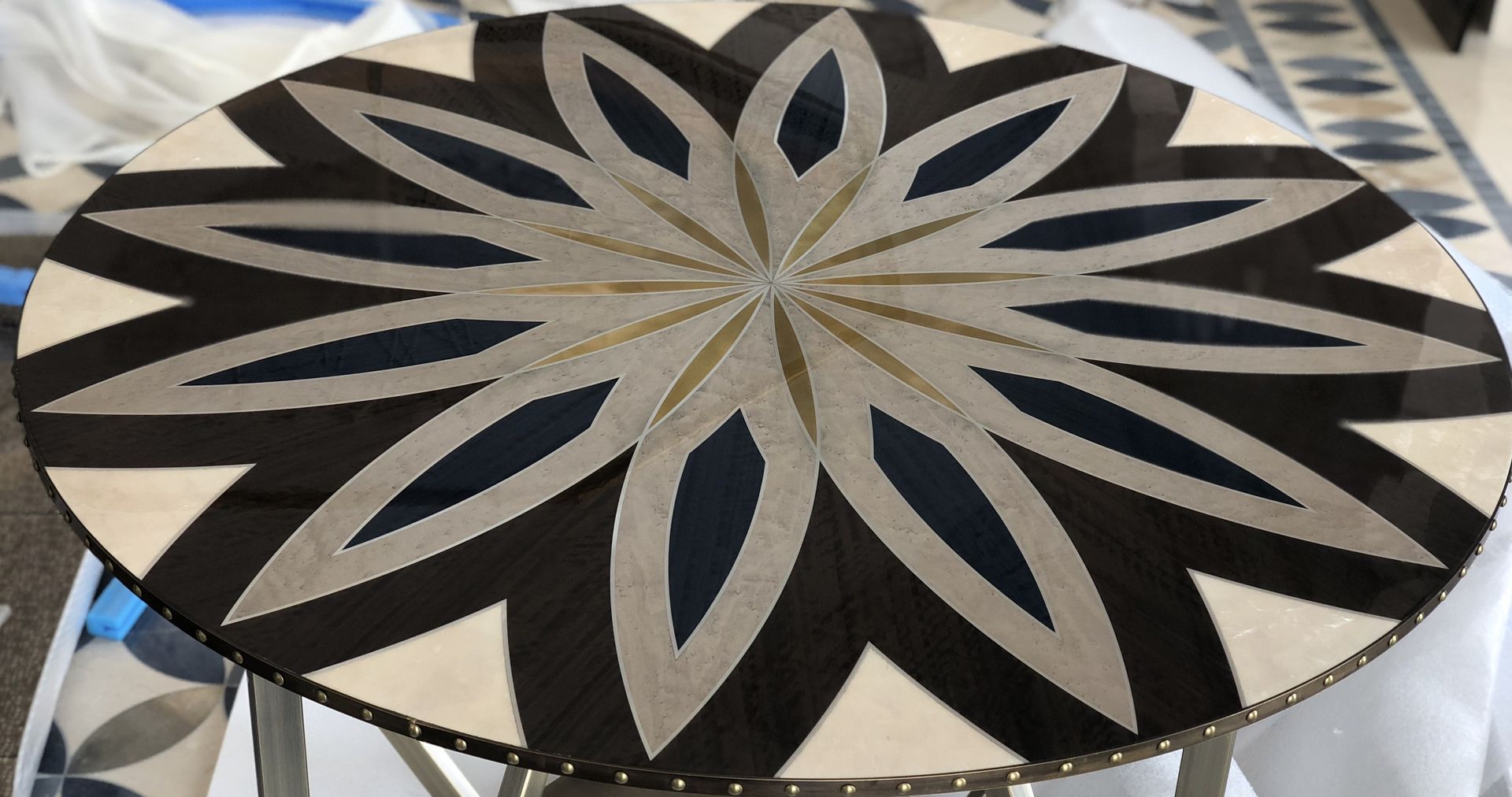
In high-end residential projects, wood veneers are used extensively for furniture, cabinetry, and wall paneling. They allow designers to create warm, sophisticated interiors with the look of expensive solid wood while maintaining cost-effectiveness and stability.
Yacht Interiors
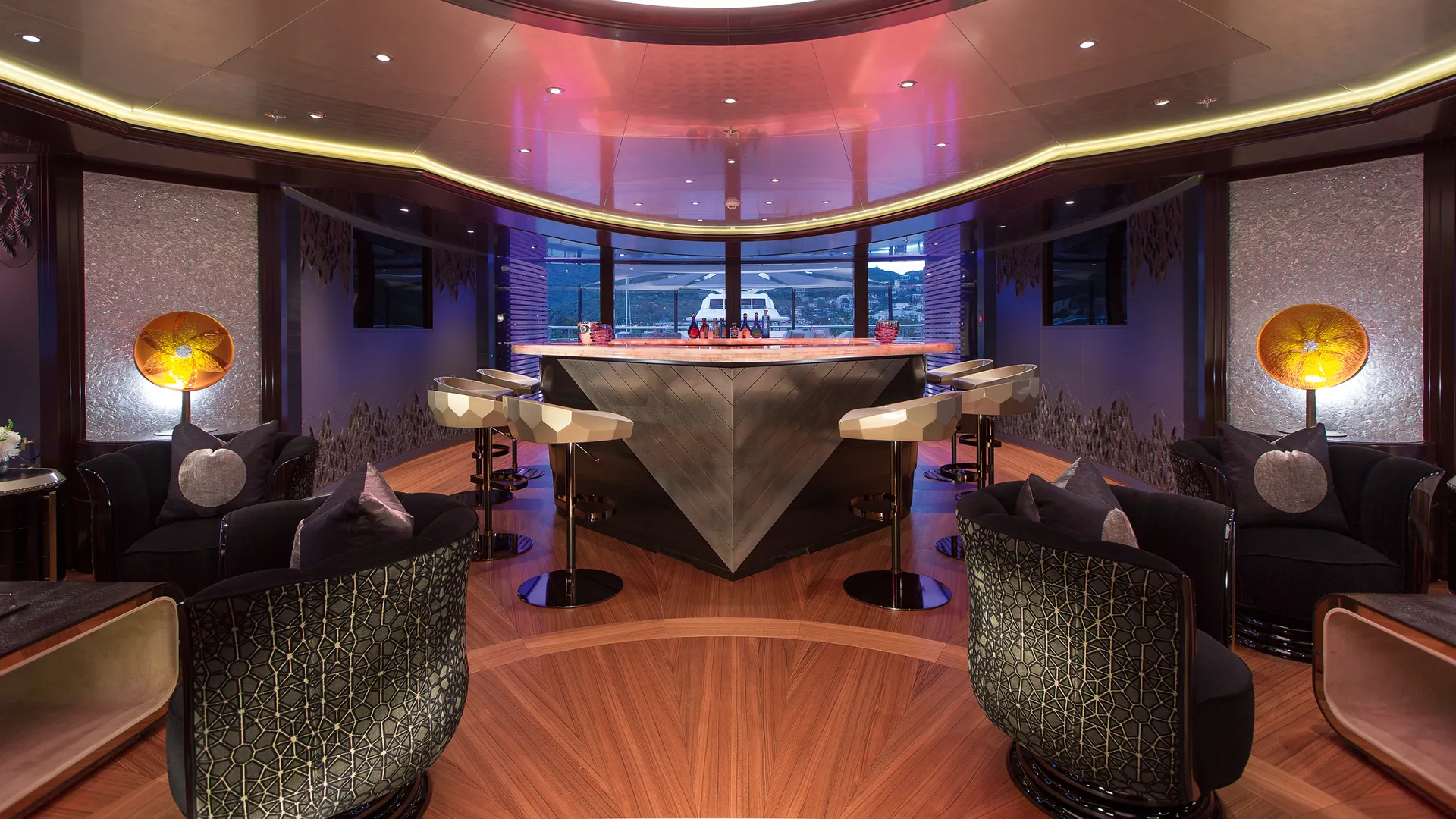
Wood veneers are particularly popular in yacht interiors, where they combine luxury with practicality. Exotic woods such as Anigre, Beech, Sapele, and Mappa Burl are current favorites among yacht customers. These veneers are often combined with lite-ply veneer cores to create suitable interior yacht panels that are resistant to humidity and offer permanent sealing power.
Future Trends
As the industry moves towards nature-inspired, high-performance materials, wood veneer remains indispensable in luxury interior design. The future of veneering lies in the fusion of traditional craftsmanship with cutting-edge innovations, ensuring its continued relevance in creating opulent, sustainable, and unique spaces.
In conclusion, wood veneer's rich legacy, combined with modern innovations, positions it as a premier choice for luxury interiors in villas and yachts. Its versatility, sustainability, and ability to create unique, high-end finishes ensure its continued importance in the world of luxury design.